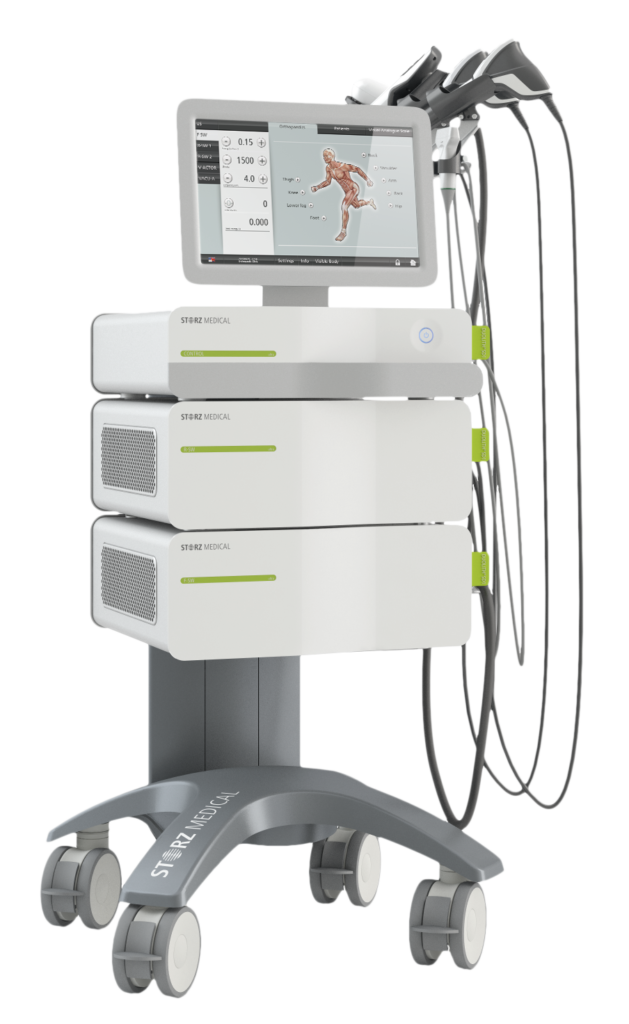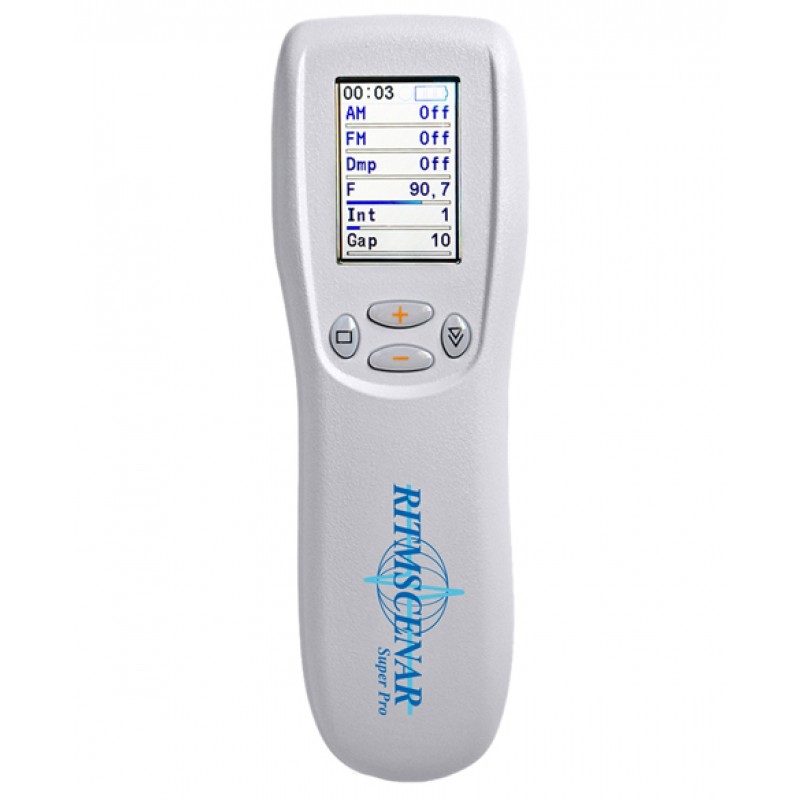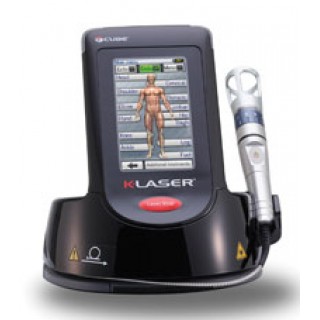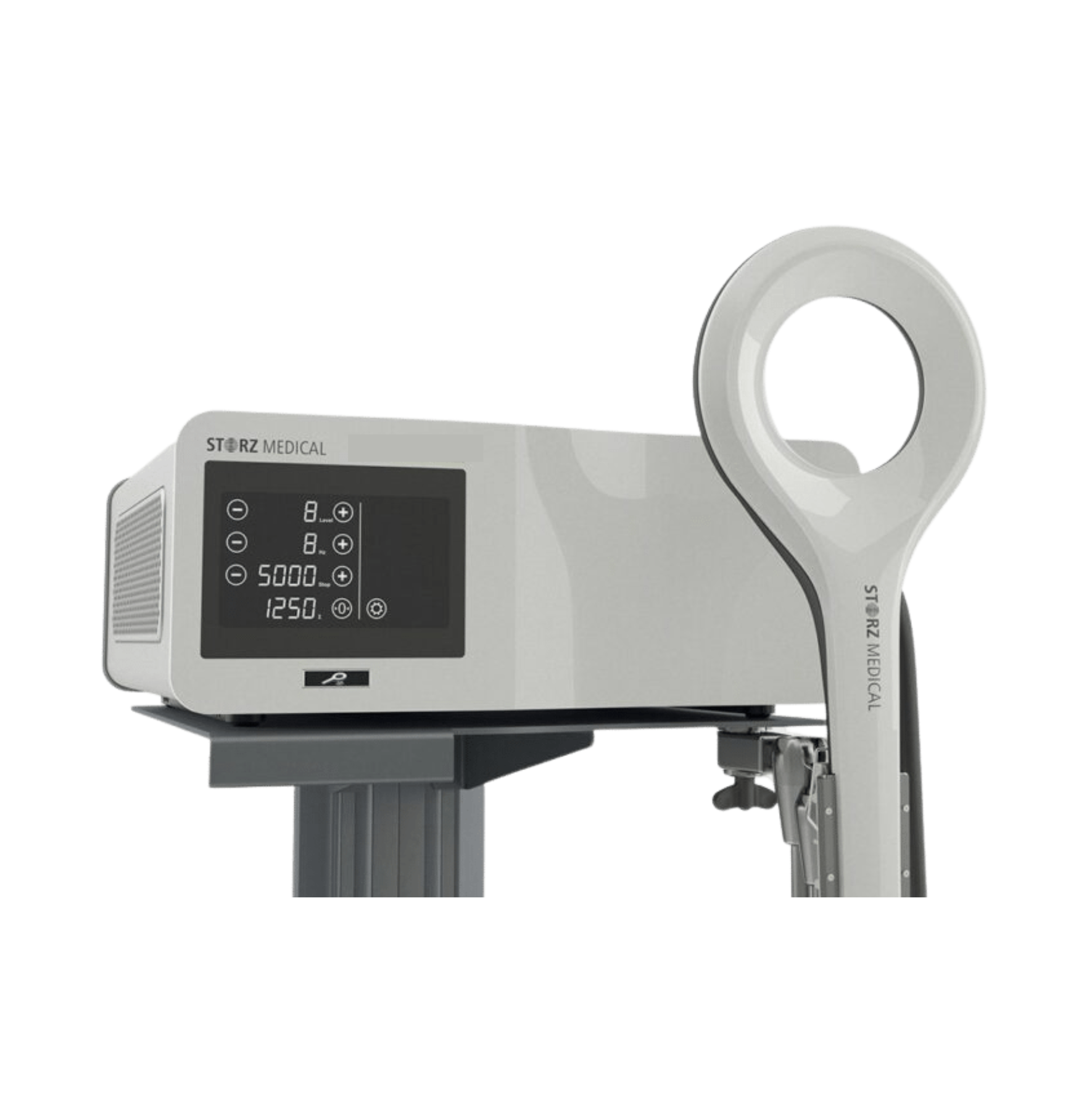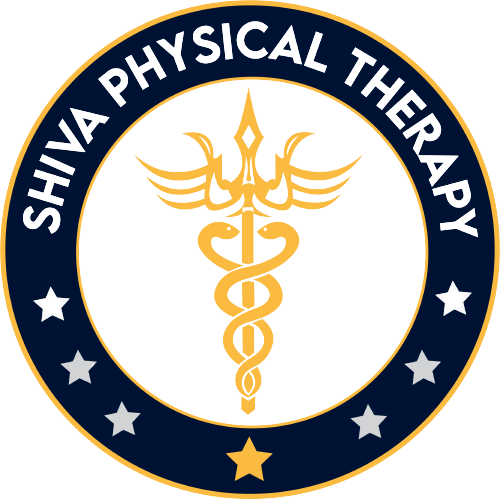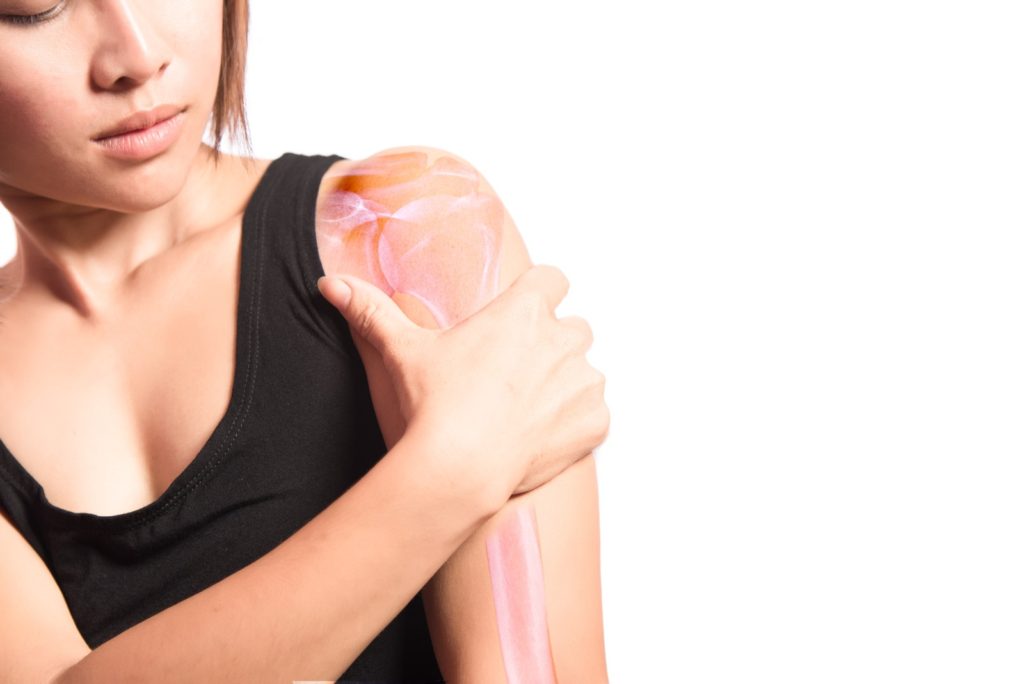Transformative, non-invasive solutions for Frozen Shoulder:
This is the world’s most advanced combination of non-invasive therapies, delivering results like never before. Unlike traditional approaches that rely on limited methods, this innovative treatment strategy combines 16 cutting-edge therapies to target every aspect of Frozen Shoulder recovery—pain, inflammation, stiffness, and mobility.
These treatments are not only new but represent a paradigm shift in how Frozen Shoulder is managed. While some practices may use one or two of these modalities, this comprehensive approach integrates the best therapies into a powerful solution for faster, more effective recovery.
What Is Frozen Shoulder?
Frozen Shoulder, or Adhesive Capsulitis, is characterized by inflammation, thickening, and fibrosis of the shoulder joint capsule. This process leads to severe pain, especially at night, and progressive stiffness that can dramatically limit your range of motion. About 3%–5% of the general population will experience Frozen Shoulder, and the rate can climb to 20% in individuals with diabetes. Women are more frequently affected than men, and most patients are between 40 and 60 years old.
The Three Stages of Frozen Shoulder:
Frozen Shoulder progresses through three distinct phases, each with unique pain characteristics and physiological changes:
1. Freezing (Painful) Stage: Pain begins suddenly without reason or after an injury and worsens gradually, often felt deep in the shoulder and radiating down the arm and some time insanely painfull “Zingers” . Nighttime pain is incredibly intense, frequently disrupting sleep. Movements become increasingly restricted as inflammation peaks, pro-inflammatory cytokines surge, and fibroblasts start producing disorganized collagen. This phase can last several months, with severe discomfort and stiffness dominating daily life.
2. Frozen (Adhesive) Stage: Pain may reduce slightly during this phase, but stiffness becomes more pronounced. Movements are severely restricted as fibroblasts continue producing excess collagen, resulting in adhesions that limit joint mobility. Although the pain is less sharp, the inability to move the shoulder freely can significantly impact functionality and quality of life.
3. Thawing (Recovery) Stage: Inflammation diminishes, and the body begins remodeling the previously disorganized collagen. With better cytokine regulation and balanced growth factors, the shoulder capsule becomes more elastic, gradually restoring range of motion. Pain continues to decrease, and function improves steadily, though full recovery may take months to years.
If not handled properly, this entire cycle can last many months, sometimes over a years. While some people consider surgical or invasive interventions, non-invasive therapies have gained attention due to their safety and effectiveness in managing pain, modulating inflammation, and supporting natural tissue healing and recovery.
Why Choose Non-Invasive Treatments?
Reduced Risk: Surgery complications and the potential side effects of steroid injections are avoided, ensuring a safer and faster path to recovery.
Focused Tissue Healing: This technique enhances the cellular environment by optimizing fibroblast activity, regulating growth factors, and guiding cytokines. Thus, the shoulder heals more efficiently with less likelihood of excessive scar formation.
Additional Benefits: Noninvasive options typically involve less downtime, lower costs, and minimal systemic effects. These can help patients maintain their routines, improve their long-term comfort, and support a higher overall quality of life.
Top 16 Non-Invasive Frozen Shoulder Therapies to help you navigate this challenging condition.
Effectively treating Frozen Shoulder requires not only the right therapies but also the perfect timing. Introducing the correct treatment at the appropriate stage is essential for achieving the best possible outcomes. Every individual’s journey with Frozen Shoulder is unique, and what works for one person may not be suitable for another.
With over 20 years of dedicated research, clinical expertise, and personal commitment to uncovering the answers to Frozen Shoulder. I’ve spent my life perfecting these strategies and treatments to provide you with the most effective, evidence-based methods available in the world today. we’ve seen how a carefully tailored combination of therapies—aligned with each patient’s specific stage and symptoms—delivers exceptional results. The following advanced, non-invasive treatments have demonstrated their effectiveness in addressing pain, stiffness, and restricted mobility, offering a comprehensive pathway to recovery.
1. Shockwave / Acoustic Wave Therapy
How It Works: Shockwave therapy delivers controlled acoustic pulses into affected tissues, inducing a cellular response that triggers a healing cascade. This stimulates fibroblasts to produce more organized collagen and affects cytokine release, reducing inflammation. Growth factors proliferate, aiding tissue repair and remodeling. Early on, radial shockwave eases pain and inflammatory burden; focused shockwave helps break down established adhesions in later stages.
Best Stages: Early to Mid (Freezing/Frozen)Radial shockwave and Thawing stages Focused Shockwave is practical.
2. EMTT (Extracorporeal Magnetotransduction Therapy)
How It Works: EMTT uses low-frequency magnetic fields to influence cellular ion channels and mitochondrial function. This promotes improved cellular metabolism, enhances fibroblast activity, and optimizes growth factor availability. Regulating cytokines helps control inflammation, ensuring that newly forming collagen fibers are more structured and less chaotic.
Best Stages: Early to Intermediate (Freezing/Frozen).
3. INDIBA Therapy
How It Works: INDIBA uses radiofrequency energy to boost blood flow and nutrient delivery, enhancing tissue oxygenation. Improved circulation increases growth factors and helps clear out excess inflammatory cytokines. Fibroblasts can then lay down collagen more orderly, leading to healthier tissue remodeling as you transition from the frozen to the thawing phase.
Best Stages: Mid to Late (Frozen/Thawing).
4. Stimpod 4 (Peripheral Nerve Stimulation)
How It Works: The Stimpod 4 modulates pain signals and reduces protective muscle guarding by stimulating peripheral nerves with gentle electrical currents. This indirectly influences the local chemical environment—lower pain means reduced stress-related cytokine release. With improved comfort, patients can perform gentle exercises that encourage normal collagen alignment and better capsule elasticity.
Best Stages: All Stages as it focuses on pain reduction and nerve normalization.
5. SCENAR Therapy
How It Works: SCENAR delivers microcurrent signals to the skin, prompting the body to release neuropeptides and endorphins. This recalibrates the local inflammatory response, balancing cytokines and promoting a more favorable environment for fibroblast and collagen activity. It’s instrumental in chronic or stubborn cases where normal healing responses need a “reset.”
Best Stages: This can be beneficial in Frozen or Thawing stages, especially if the pain is persistent.
6. Class IV Laser Therapy
How It Works: High-intensity laser light penetrates deeply into tissues, stimulating mitochondrial function in cells, including fibroblasts. Enhanced ATP production leads to increased collagen synthesis and improved tissue organization. Meanwhile, laser therapy modulates cytokines and growth factors, helping reduce inflammation and accelerating tissue turnover.
Best Stages: All Stages. Early on, it controls inflammation; later, it encourages proper remodeling.
7. Orthopedic Manual Therapy (OMT)
How It Works: Skilled hands-on techniques guide the shoulder through gentle mobilizations, stretching the capsule and influencing mechanoreceptors. Treatments with specialized techniques like Angular Joint Mobilization, Mulligan, Kaltenborn, Maitland, and Spencer are highly effective in restoring ROM and joint health.
These techniques can reduce excessive collagen cross-linking and help fibroblasts realign fibers more functionally. By improving joint mechanics, OMT encourages normalized cytokine and growth factor signaling.
Best Stages: Best in all three phases, but different techniques are effective in different stages.
8. Dry Needling
How It Works: Inserting thin needles into tight muscle areas creates a controlled micro-injury, increasing local blood flow and temporarily raising inflammation. When done in the thawing stage—after major inflammation has calmed—this mild stress can trigger a beneficial healing response. Fibroblasts are stimulated to reorganize collagen more effectively, which can help reset abnormal pain patterns.
Best Stages: Thawing Stage, when inflammation is lower and tissues are ready for guided remodeling.
9. NESA X-Signal Therapy
How It Works: NESA therapy applies low-level electrical currents designed to balance both the parasympathetic and sympathetic nervous systems. By regulating these autonomic pathways, it helps stabilize the body’s inflammatory and immune responses, reducing excessive cytokine production and pain signals. This nervous system recalibration encourages healthier neuromuscular communication, supports balanced tissue remodeling, and enhances overall functional recovery.
Best Stages: It is effective at all stages. In the early and freezing phases, it helps calm inflammation and pain. As you progress into the thawing stage, it further refines movement patterns and consolidates long-term improvements in shoulder function.
10. Spinal Manipulation
How It Works: Adjusting the cervical and thoracic spine can indirectly improve shoulder mechanics. Better spine alignment and nerve flow can influence muscle activation around the shoulder, reducing undue tension and promoting a more balanced inflammatory response. Although it doesn’t directly target fibroblasts in the shoulder, improved biomechanics aid overall tissue health.
Best Stages: All Stages, with adjustments tailored to patient comfort.
11. Cupping Therapy
How It Works: Applying suction with cups increases local circulation, delivering nutrients, growth factors, and oxygen while removing metabolic waste. Like dry needling, it can briefly raise local inflammation, so it’s best performed when baseline inflammation is low. This controlled micro-stress can improve fascial glide and collagen alignment.
Best Stages: Thawing Stage, when tissues can benefit from mild, controlled inflammatory responses.
12. Myofascial Release
How It Works: Gentle pressure on the fascial layers breaks down adhesions and normalizes tissue tension. Myofascial release can reduce abnormal mechanotransduction signals that maintain excessive inflammation by improving fascial mobility. With enhanced mobility, fibroblasts are stimulated to produce healthier, more elastic collagen.
Best Stages: Frozen and Thawing once severe inflammation recedes.
13. Functional Range Conditioning (FRC)
How It Works: FRC uses controlled joint rotations and gradual loading to improve joint capacity. By moving tissues through safe ranges, FRC enhances nutrient delivery, helps regulate cytokine expression, and ensures that fibroblasts reinforce the joint with well-organized collagen. Over time, it builds a stronger, more adaptable shoulder.
Best Stages: Thawing Stage, when the shoulder is ready for progressive, controlled movement.
14. Stretching and Strengthening Exercises
How They Work: Movement-based strategies encourage balanced collagen remodeling and improved circulation. However, timing and intensity are crucial:
Early (Painful) Stage: Focus on mild, pain-free motions, such as small pendulum swings. Prioritize comfort over range-of-motion to avoid exacerbating inflammation.
Freezing Stage: Introduce brief, low-intensity stretches and gentle isometric exercises that don’t provoke pain. You can begin by gently hanging from an overhead support or bar, but avoid it if it causes excessive pain. These maintain muscle tone and joint health without triggering excess cytokine release.
Thawing Stage: Gradually increase the intensity of stretching and add light strengthening. As inflammation subsides and fibroblasts become more regulated, these exercises help restore proper alignment, stability, and function.
15. Anti-inflammatory diet & Lifestyle Adjustments
How They Work: Certain nutrients (like omega-3s, turmeric, and ginger) help modulate inflammatory pathways and cytokines. Improved sleep and stress management support balanced hormone and growth factor levels, giving fibroblasts the best environment for healthy collagen synthesis. Such systemic support benefits all stages, ensuring that local interventions work optimally.
16. Mind-Body Therapies: Guided Imagery, Emotional Release, and Relaxation Techniques
How It Works: Inspired by Larry Burk, MD, mind-body therapies combine guided imagery, emotional release techniques like EFT, and relaxation practices such as meditation and deep breathing. These methods address the emotional and psychological factors contributing to Frozen Shoulder, reduce stress hormones, and activate the parasympathetic nervous system to enhance pain relief and tissue healing. By fostering emotional resilience and calming the nervous system, they create a supportive environment for recovery.
Best Stages: Effective in all stages. In the Freezing stage, they help manage pain and stress, while in the Frozen and Thawing stages, they complement physical therapies to promote holistic healing.
Your Next Steps
If you’re struggling with Frozen Shoulder, explore these advanced treatment options. Consult a specialist who understands the condition and is equipped with the expertise and tools to guide you toward full recovery. With the right care, you can regain mobility, reduce pain, and reclaim your quality of life.
Don’t hesitate to reach out if you have questions or need guidance—we’re here to help you every step of the way.
Dr. Siva Parnam, DPT, Osteopracto
Testimonial -1 Testimonial -2 Testimonial -3 Testimonial -4 Testimonial -5 Testimonial -6 Testimonial -7
References :
1.Shockwave Therapy
Vahdatpour B, Taheri P, Zade AZ, Moradian S. Efficacy of extracorporeal shockwave therapy in frozen shoulder. Int J Prev Med. 2014 Jul;5(7):875-81. PMID: 25104999; PMCID: PMC4124565.
Chen CY, Hu CC, Weng PW, Huang YM, Chiang CJ, Chen CH, Tsuang YH, Yang RS, Sun JS, Cheng CK. Extracorporeal shockwave therapy improves short-term functional outcomes of shoulder adhesive capsulitis. J Shoulder Elbow Surg. 2014 Dec;23(12):1843-1851. doi: 10.1016/j.jse.2014.08.010. PMID: 25441567.
2.EMTT (Electromagnetic Transduction Therapy)
Gerdesmeyer L, Knobloch K, Gollwitzer H, Ringeisen M. Prospective double-blinded placebo-controlled trial of high energetic magnetotransduction therapy in shoulder joint enthesiopathies. Sports Orthopaedics and Traumatology. 2023;39(2):212.
3.INDIBA Therapy
Benito-Ruiz P, Elvira JL, González-Pérez LM, Rodríguez-Mansilla J, Caballero-García A, Montes-Molina R. Radiofrequency and capacitive-resistive diathermy in the treatment of musculoskeletal disorders: A systematic review. J Clin Med. 2020 Jul 15;9(7):2182. doi: 10.3390/jcm9072182. PMID: 32717836.
4.Class IV Laser Therapy
Kim SH, Kim YH, Lee HR, Choi YE. Short-term effects of high-intensity laser therapy on the frozen shoulder: A prospective randomized control study. Man Ther. 2015 Dec;20(6):751-7. doi: 10.1016/j.math.2015.02.009. Epub 2015 Mar 2. PMID: 25770420.
5.Orthopedic Manual Therapy (OMT)
Page P, Labbe A. Adhesive capsulitis: use the evidence to integrate your interventions. N Am J Sports Phys Ther. 2010 Dec;5(4):266-73. PMID: 21655385; PMCID: PMC3096148.
6.Dry Needling
Clewley D, Flynn TW, Koppenhaver S. Trigger point dry needling as an adjunct treatment for a patient with adhesive capsulitis of the shoulder. J Orthop Sports Phys Ther. 2014 Feb;44(2):92-101. doi: 10.2519/jospt.2014.4915. Epub 2013 Nov 21. PMID: 24261931.
7.SCENAR Therapy
Kozhemyakin S, Korpan NN, Fesenko LA, Nifantiev NE, Levin II. New approaches in SCENAR therapy: Clinical and experimental evidence of the effectiveness in pain management. Pain Res Manag. 2021;2021:5556561. doi: 10.1155/2021/5556561. PMID: 33884085.
8.Stimpod 460
Shaparin N, White RS, Andreae MH, Hall CB, Kaufman AG. Peripheral nerve stimulation for the treatment of chronic pain. Reg Anesth Pain Med. 2019 Oct;44(7):749-756. doi: 10.1136/rapm-2018-100051. PMID: 31248876.
9.Cupping Therapy
Al-Bedah AM, Elsubai IS, Qureshi NA, et al. The medical perspective of cupping therapy: Effects and mechanisms of action. J Tradit Complement Med. 2019 Jan;9(1):90-97. doi: 10.1016/j.jtcme.2018.03.003. PMID: 30607129; PMCID: PMC6301427.
10.Myofascial Release
Ajimsha MS, Al-Mudahka NR, Al-Madzhar J. Effectiveness of myofascial release: Systematic review of randomized controlled trials. J Bodyw Mov Ther. 2015 Apr;19(2):102-112. doi: 10.1016/j.jbmt.2014.06.001. PMID: 25892305.
11.NESA X-Signal Therapy
Franco-Sadud R, Kaye AD, Urman RD, et al. Emerging therapies for chronic pain management: A review of neuromodulation, regenerative therapies, and biologics. Pain Ther. 2021 Jun;10(1):135-160. doi: 10.1007/s40122-020-00229-8. PMID: 33687844.
12.Functional Range Conditioning (FRC)
Frayna S, O’Brien L. The effectiveness of movement variability and functional range conditioning on musculoskeletal function: A narrative review. J Bodyw Mov Ther. 2021 Jan;25:1-8. doi: 10.1016/j.jbmt.2020.05.011. PMID: 33288173.
